According to the State Bank's report, green credit balance reached nearly VND680 trillion by the end of 2024, but only accounted for about 4.5% of the total outstanding balance of the entire banking system - a very modest rate compared to advanced economies. Current statistics, monitoring and classification still face many difficulties due to the lack of a clear and consistent criteria system on what is "green".
Ms. Ha Thu Giang (Department of Credit for Economic Sectors - SBV) said: "The fact that the National Green Classification List has not been issued makes it difficult for credit institutions to have a solid basis to identify green projects, which increases the risk in credit appraisal and affects statistics and policy making". Therefore, banks have to develop their own internal criteria to identify green loans, which causes inconsistency, does not ensure transparency and reduces the effectiveness of industry-wide policies.
According to Dr. Lai Van Manh (Institute of Strategy and Policy on Agriculture and Environment), the National Green Classification Catalogue is the “key foundation” for building a sustainable green financial market. Currently, Vietnam has the Law on Environmental Protection (2020), Decree 08/2022/ND-CP laying the legal foundation for green credit. Mr. Manh also proposed that the structure and criteria for the Green Classification Catalogue should focus on 8 main target groups: (1) efficient use of resources; (2) carbon emission reduction; (3) climate change adaptation; (4) environmental management and circular economy; (5) sustainable infrastructure construction; (6) ecosystem restoration; (7) natural capital development; (8) sustainable water management.
To ensure feasibility, project classification should be based on the Vietnamese economic sector system, while inheriting experience from international standards such as the EU, ASEAN or China. In the first phase, priority should be given to key sectors including: energy, transportation, construction, water resources, agriculture - forestry - fishery, processing industry and environmental services. This approach ensures both compliance with domestic practice and harmony with the global green development trend.
According to this expert, the Green Classification List cannot be built arbitrarily but must adhere to international principles: it must be based on the goals of environmental protection and climate change response; there must be clear technical screening criteria for each field; and at the same time, it must ensure the principle of "not causing significant harm" to other environmental goals.
By clearly defining each priority area, specific activities and a set of detailed technical standards, the Green Classification List will create a transparent legal framework for green projects. This not only helps banks easily appraise and approve green credit in accordance with regulations, but also allows businesses to proactively build qualified projects from the beginning. In particular, this list is also an effective tool to help management agencies carry out statistics, monitor and evaluate the effectiveness of green capital flows throughout the banking system.
The Ministry of Agriculture and Environment, in coordination with the State Bank and the Ministry of Finance, is finalizing the draft National Green Classification List to submit to the Government in 2025. According to the draft, priority areas for granting green credit will include: renewable energy, green buildings, circular agriculture, zero-emission transportation, green production, environmental services, etc. In addition, there will be detailed instructions on how to certify green projects, including self-certification, certification by an independent consulting unit or through a state management agency.
Building a Green Classification Catalogue system according to international standards plays a very important role for Vietnam in promoting sustainable development and environmental protection. Applying international standards in evaluating and classifying green projects will bring many significant benefits to the country, from economic, environmental and social aspects. If the Green Classification Catalogue is issued on schedule, green credit in Vietnam will have a solid legal foundation to accelerate, while opening up opportunities to mobilize larger international capital sources, such as from the Green Climate Fund, the World Bank, and the Asian Development Bank. “Only with an official Green Classification Catalogue can Vietnam truly make a breakthrough in mobilizing and effectively allocating green financial resources,” Dr. Lai Van Manh emphasized.
Source: https://thoibaonganhang.vn/danh-muc-phan-loai-xanh-nen-tang-phap-ly-cho-tin-dung-xanh-tang-toc-163599.html


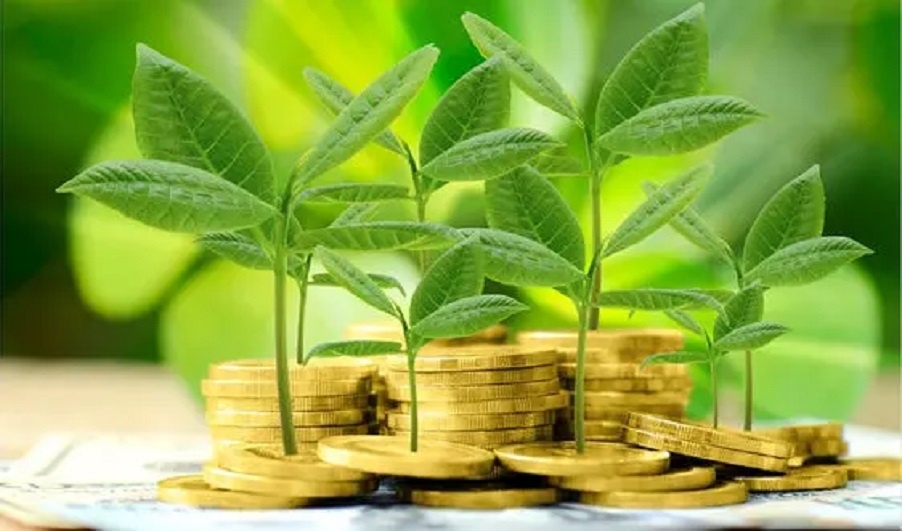
![[Photo] Bustling construction at key national traffic construction sites](https://vphoto.vietnam.vn/thumb/1200x675/vietnam/resource/IMAGE/2025/5/2/a99d56a8d6774aeab19bfccd372dc3e9)






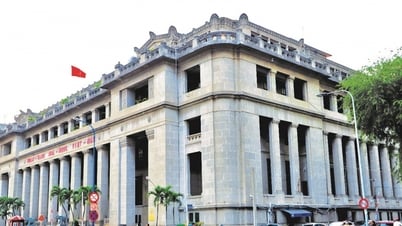


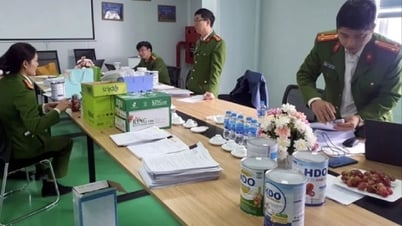





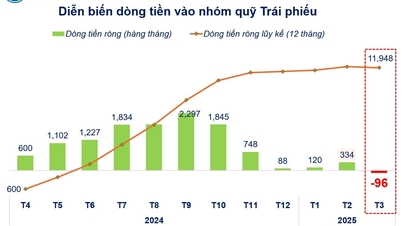
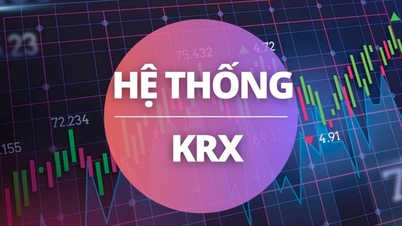

![[Infographic] Cross exchange rates of Vietnamese Dong with some foreign currencies to determine taxable value from May 1-7](https://vphoto.vietnam.vn/thumb/402x226/vietnam/resource/IMAGE/2025/5/2/e4631afaeaf54451b5132f3c5d3341cd)



![[Photo] Binh Thuan organizes many special festivals on the occasion of April 30 and May 1](https://vphoto.vietnam.vn/thumb/1200x675/vietnam/resource/IMAGE/2025/5/1/5180af1d979642468ef6a3a9755d8d51)
![[Photo] "Lovely" moments on the 30/4 holiday](https://vphoto.vietnam.vn/thumb/1200x675/vietnam/resource/IMAGE/2025/5/1/26d5d698f36b498287397db9e2f9d16c)
















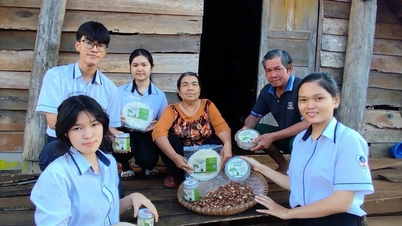




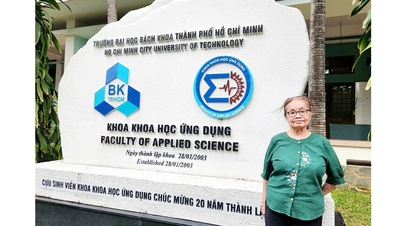













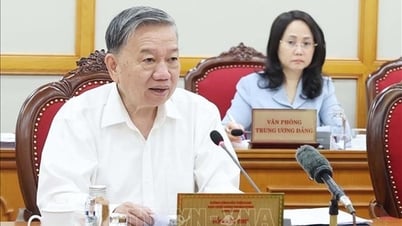
















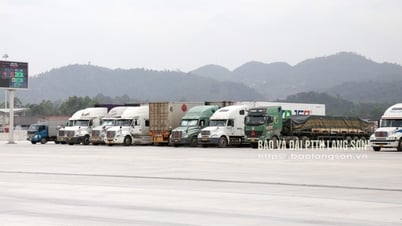
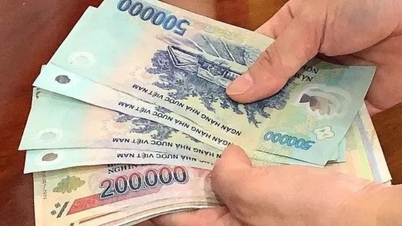



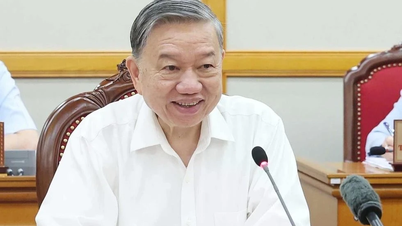
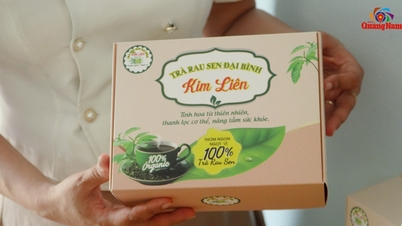







Comment (0)